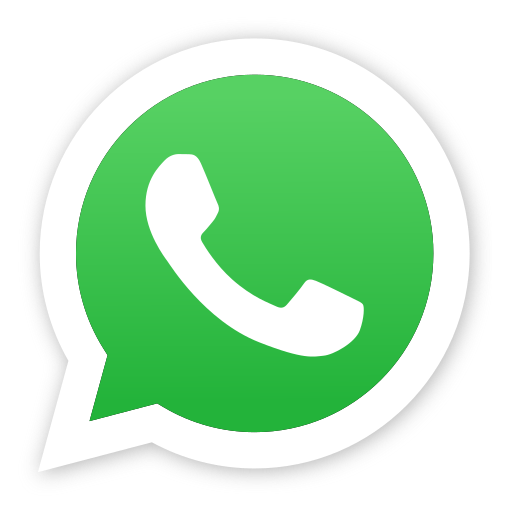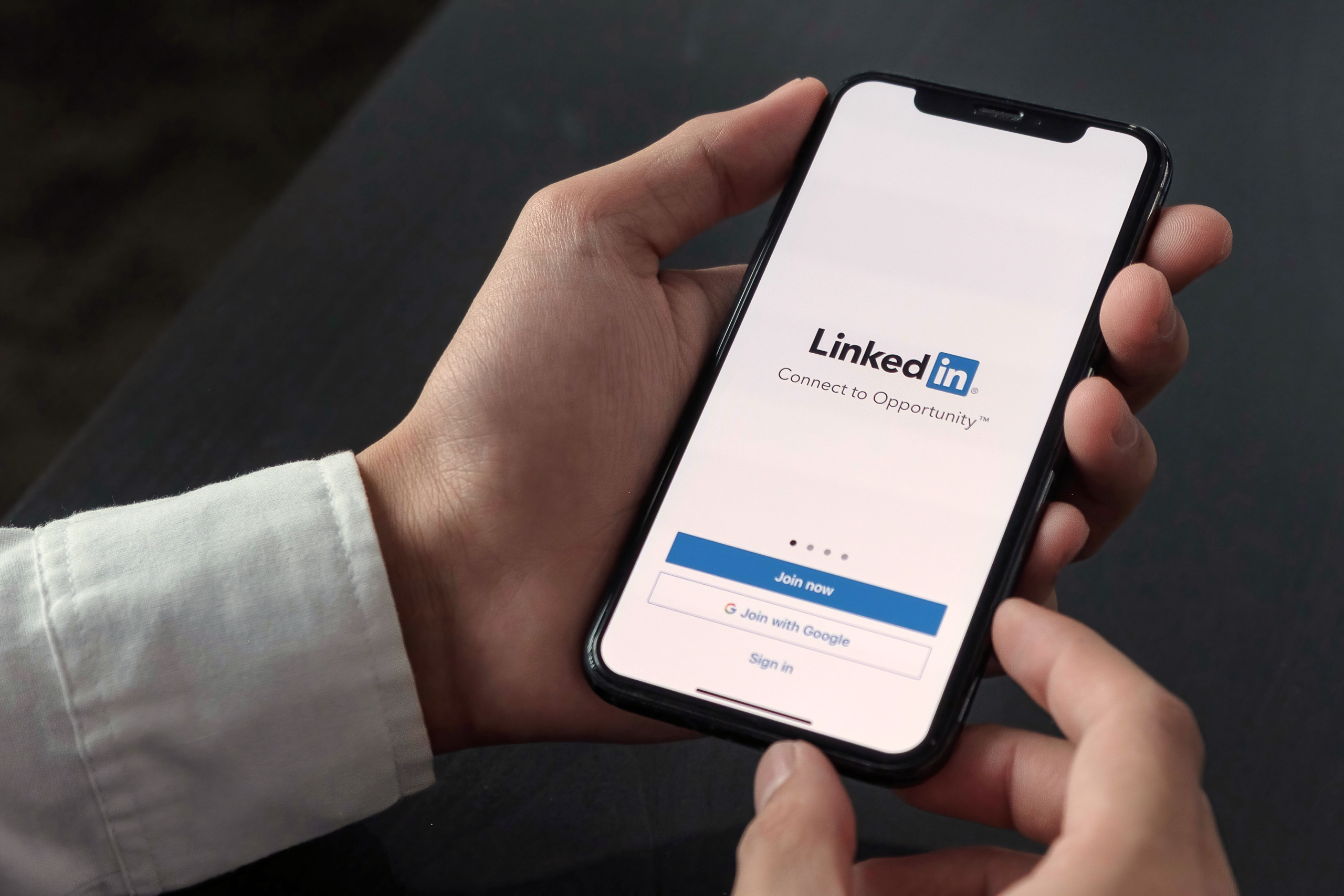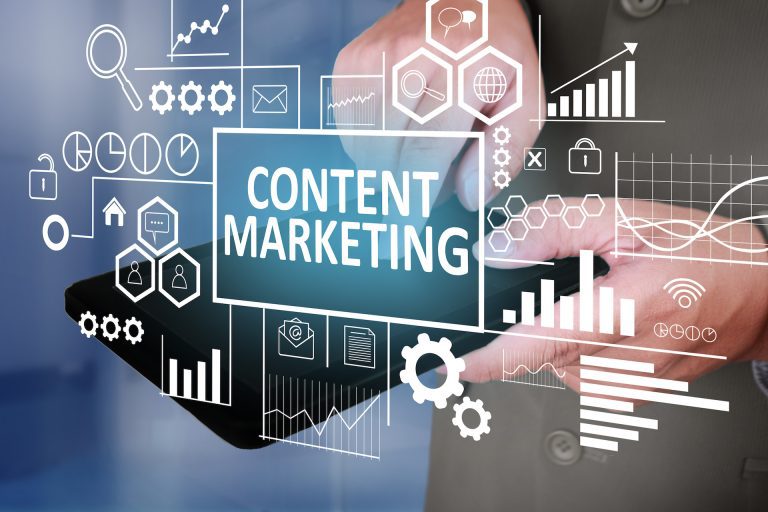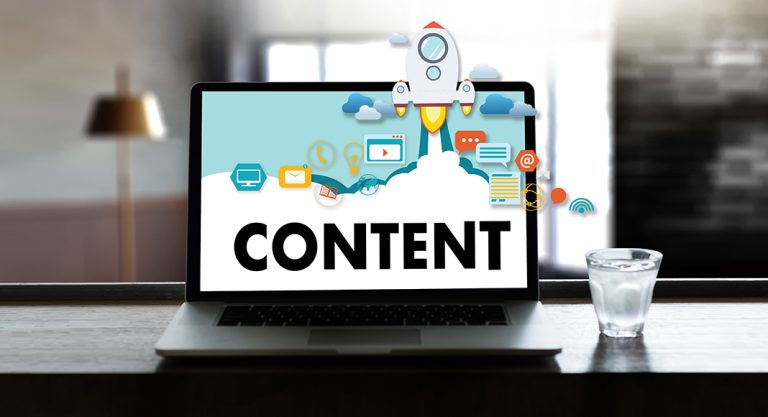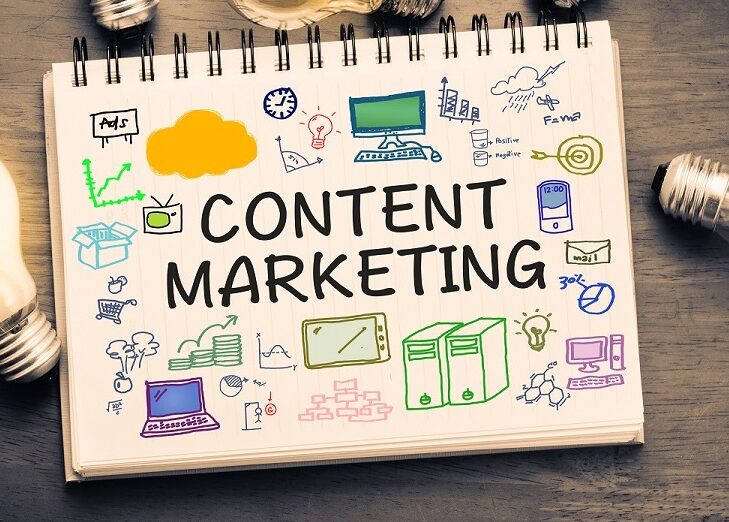How to Create Linkedin Events in 4 Steps
Did you know that over 80% of B2B sales leads come from LinkedIn? Or that LinkedIn members tend to have a higher income than members of other social networks? If not, then you’re not alone. However, you may be passing up opportunities for both sales and events.
For many companies, a major missed opportunity is LinkedIn events. That’s because most of us still think that other advertising methods are more effective for this kind of lead generation marketing. However, pay-per-click and other traditional advertisements are less effective than social selling of events.
Worse, the idea of promoting LinkedIn events can seem daunting for event organizers. That’s because, in many cases, you aren’t allowed to advertise on LinkedIn using more traditional methods – at least, not without paying for the privilege. Much of LinkedIn is built on industry referrals and job hunting.
Of course, you can’t bring in customers for your LinkedIn events if you don’t market them. Part of marketing, though, is creating these events and then spreading the word.
How to create your LinkedIn events
Event creation on LinkedIn is easy, but the lead generation marketing aspect of them is more difficult. Your creation method and overall strategy will vary based on the structure and intent of your event. For instance, some people won’t respond well to a clear advertisement, while others prefer to discover events organically.
1. Brag about your event on LinkedIn
If you have an offline event, or one which has restricted access to materials online, then bragging is a great option. In this case, you’ll talk about your event and why it’s awesome on your company page. For instance, if you have a famous speaker coming, then you can mention it in your LinkedIn post.
Advertising your event is often very effective because people like and share information with others. The news of your event will soon spread, which can help increase attendance. At the same time, you’ll continue to build brand awareness and educate the decision-makers.
2. Create an actual LinkedIn event page
LinkedIn understands that content doesn’t spread as rapidly on their platform as others. One reason for this is the high level of privacy protection inherent in the platform. For instance, you can’t scrape contact information, and the limits on who reads your material are significant.
What does this mean? Because of LinkedIn policies, content isn’t visible by as many degrees of connection. So, a 3rd degree connection’s content isn’t always viewable. That is, unless someone you know also interacts with the content.
To minimize this problem, you can create actual LinkedIn events. To do this, go to your feed. Scroll down to the second tile on the left, then “create event”. Follow the prompts, and you’re done.
Once you have an event page, you can continue with lead generation marketing. Because LinkedIn doesn’t have any meeting space, it’ll be impossible for them to host everyone in one place. Chances are that some people will laugh, others will cry, and many more will ask about the program.
That’s what you want.
Once people start attending your LinkedIn events, they can become an incredibly important profit vehicle. Then, you’ll want them to tell their friends about the event.
Keep in mind that LinkedIn doesn’t have the facilities to hold your event. That’s your job. However, most metropolitan areas have venues that can help. Still, working with LinkedIn gives you plenty of opportunities to reach new people.
3. Invite your friends
And for that matter, ask THEM to invite their friends. This sharing allows the individual to share something special with the people they’re attached to. In turn, it should increase the interest that people have in your event. Over time, this extra exposure can increase your LinkedIn events attendance, and revenue, significantly.
4. Follow up
Lastly, be sure to follow up on your lead-generation marketing results. It doesn’t help to create LinkedIn events without following up because most people need to hear from a company (or an event organizer) several times before they buy something. That’s true even if you’re only trying to sell event tickets or free admission.
Conclusion
Setting up LinkedIn events is easy, but lead-generation marketing opportunities can often be hard to explore. Fortunately, marketing an event on LinkedIn or for LinkedIn members isn’t any harder than promoting in other places. Be sure to follow up on leads at each step along the way.

